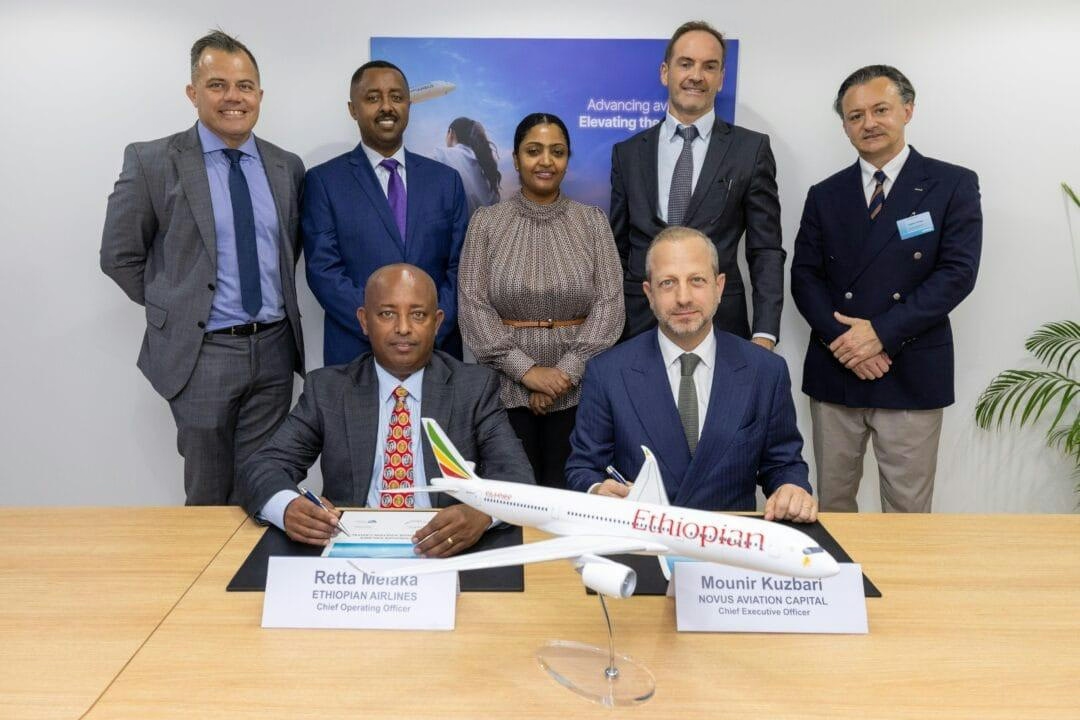
AeroGenie — Your Intelligent Copilot.
Trending
Categories
New Zealand Announces Aviation Plan to Enhance Regional Connectivity and Tourism
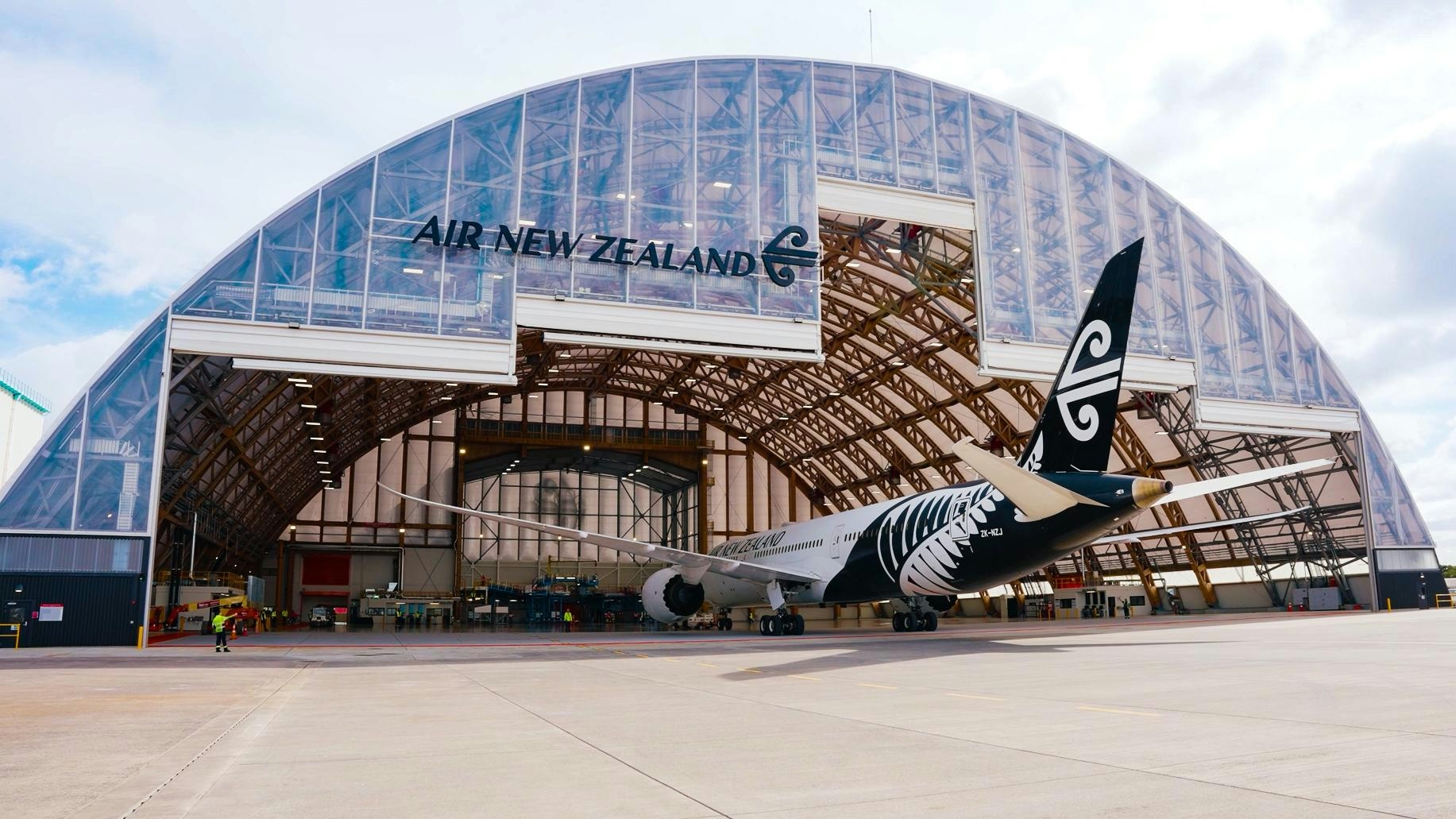
New Zealand Unveils Aviation Action Plan to Strengthen Regional Connectivity and Tourism
New Zealand has introduced a comprehensive Aviation Action Plan designed to reinforce the nation’s aviation sector, enhance regional connectivity, and stimulate tourism growth. The plan was announced by Associate Transport Minister James Meager at the Aviation Industry Association Conference in Wellington. It sets out 25 targeted initiatives aimed at maintaining New Zealand’s competitiveness amid the rapidly evolving global aviation landscape.
Developed collaboratively by the Interim Aviation Council alongside government and industry stakeholders, the strategy underscores aviation’s critical role in linking communities, facilitating trade, and driving tourism—key components of New Zealand’s economic framework. With international travel rebounding and domestic demand on the rise, the plan seeks to future-proof the sector against both local and international challenges.
Aviation’s Integral Role in Tourism and Regional Development
Aviation remains central to New Zealand’s tourism industry, providing vital connections for international visitors and enabling domestic travel for business and leisure. The plan places particular emphasis on improving regional connectivity, ensuring tourists can access destinations beyond the major urban centers while supporting the viability of remote communities as tourism hubs. Recognizing the importance of airlines servicing less accessible areas, the strategy aims to broaden the country’s tourism base by sustaining these critical routes.
Strategic Priorities within the Aviation Action Plan
The plan prioritizes modernizing civil aviation regulations to foster innovation, including the integration of emerging technologies such as drones and solar-electric aircraft. By streamlining certification processes and expediting regulatory decisions, the government intends to reduce operational delays for airlines and tourism operators, thereby cultivating a more agile and competitive aviation sector.
Addressing workforce challenges, the plan outlines updated training pathways for pilots and engineers. This investment in skills development is intended to ensure a consistent supply of qualified professionals capable of meeting increasing demand while upholding stringent safety and service standards.
To bolster regional connectivity and infrastructure, the government has committed NZD 30 million in loans to support small airlines operating in remote areas. These strategic investments aim to strengthen the aviation network, ensuring that all regions remain accessible to residents and visitors alike.
Navigating Market Competition and Industry Challenges
Despite the plan’s ambitious goals, New Zealand’s aviation sector faces significant external pressures. Competition from neighboring airports, notably Sydney’s ongoing terminal expansions, threatens to erode New Zealand’s regional market share. Furthermore, the global aviation industry continues to recover from widespread disruptions, as exemplified by challenges faced by carriers such as SpiceJet.
Market responses to the plan are anticipated to be varied. While enhanced regional connectivity and tourism growth are expected benefits, some airlines may raise concerns regarding capacity constraints and escalating operational costs. In turn, neighboring countries may accelerate their own airport infrastructure developments to attract or retain international travelers.
Future Outlook
By concentrating on regulatory innovation, workforce development, and regional accessibility, New Zealand’s Aviation Action Plan aspires to solidify the country’s status as a premier travel destination and a formidable participant in the global aviation market. The plan’s effectiveness will hinge on its capacity to adapt to competitive pressures and shifting industry dynamics, thereby supporting sustainable growth across both aviation and tourism sectors.
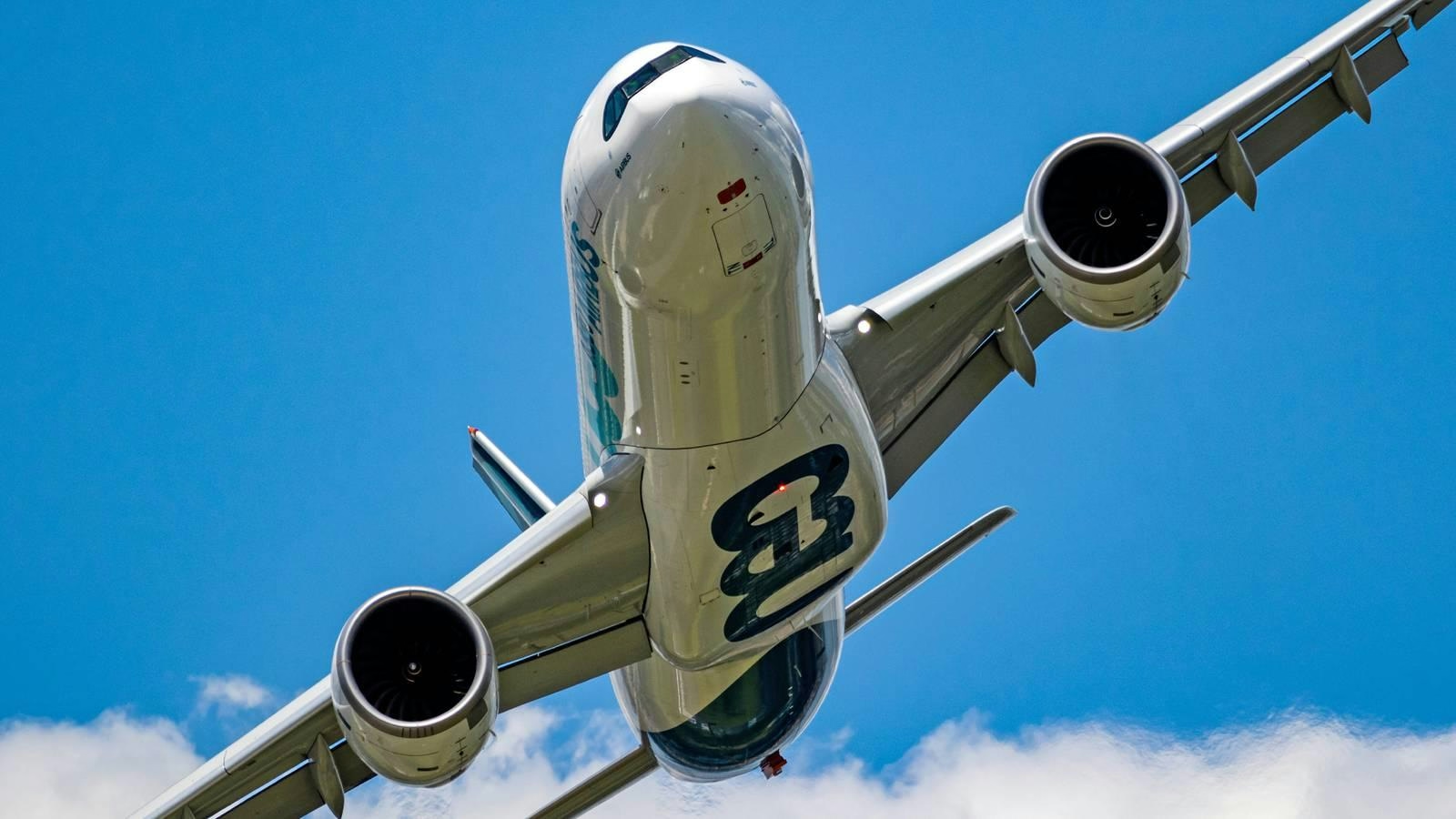
Why Is the Airbus A330neo Limited to a Single Engine Type?
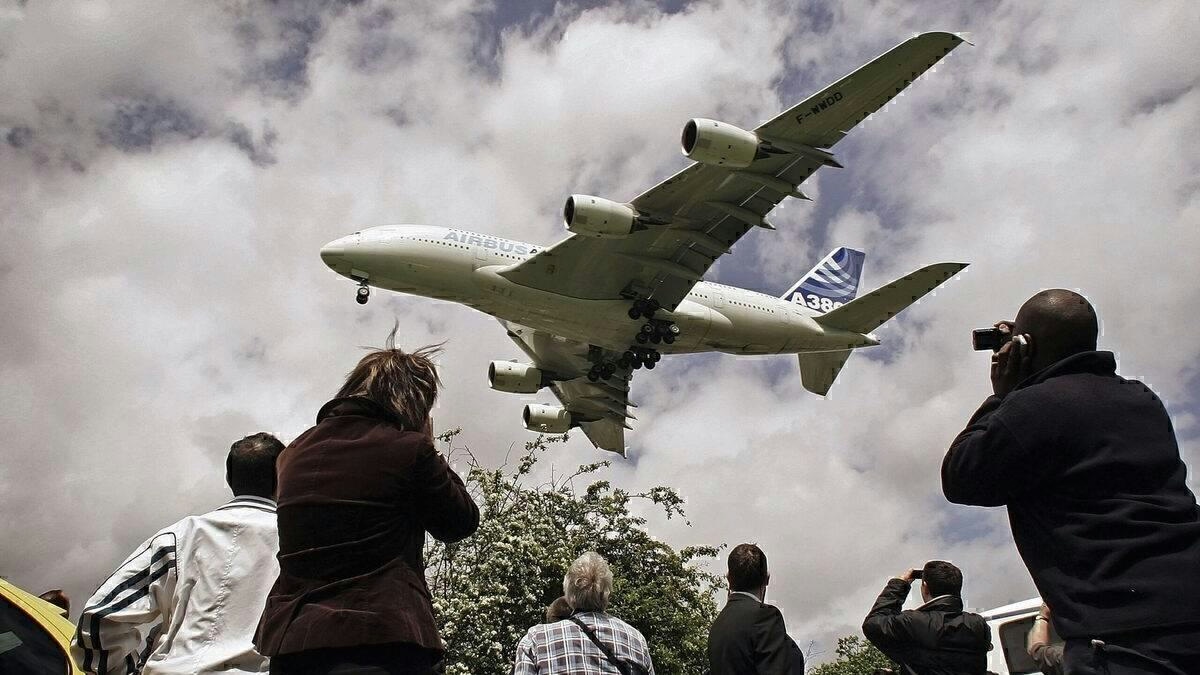
FedEx Cancels Airbus A380 Order

Why AI Hasn’t Transformed Flight Booking
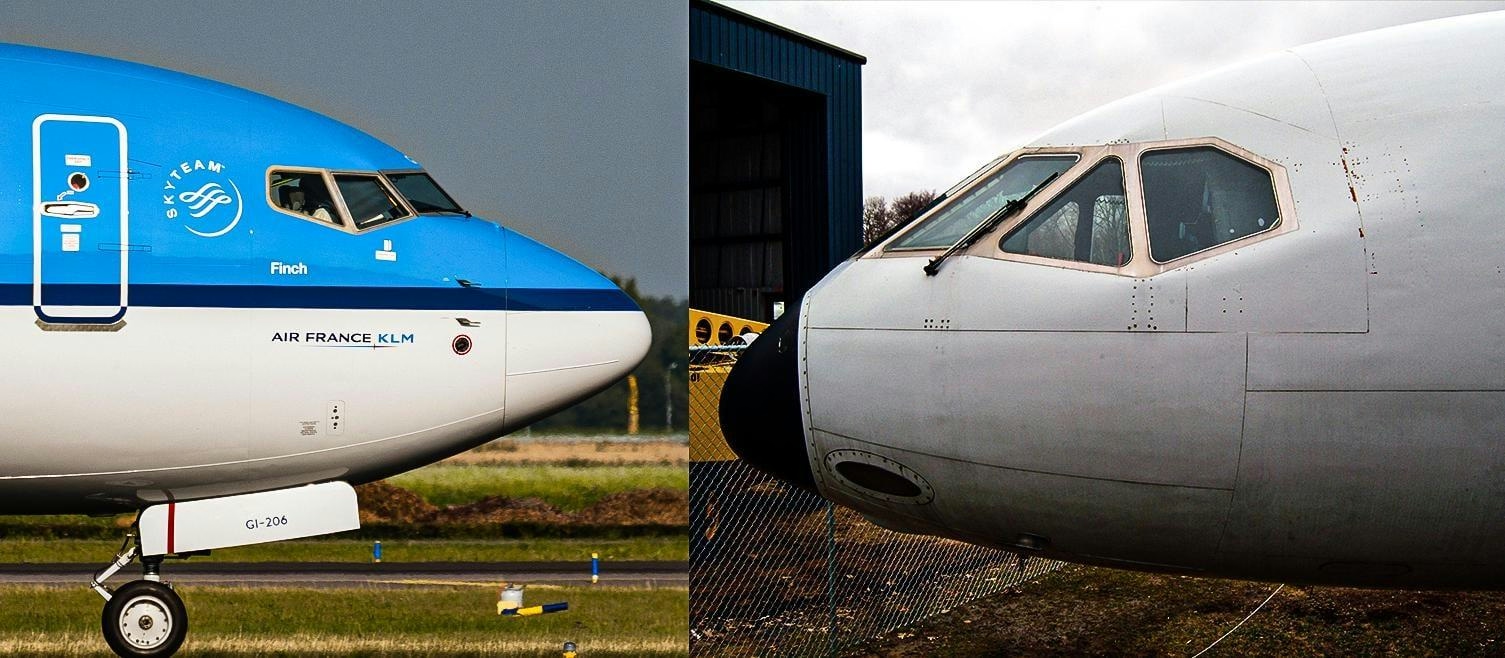
Why Are Boeing Aircraft Noses More Pointed Than Airbus?
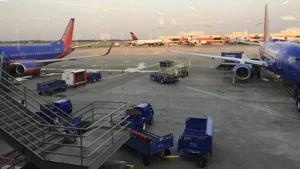
Digitizing the Aviation Supply Chain: Moving Beyond Outdated Practices
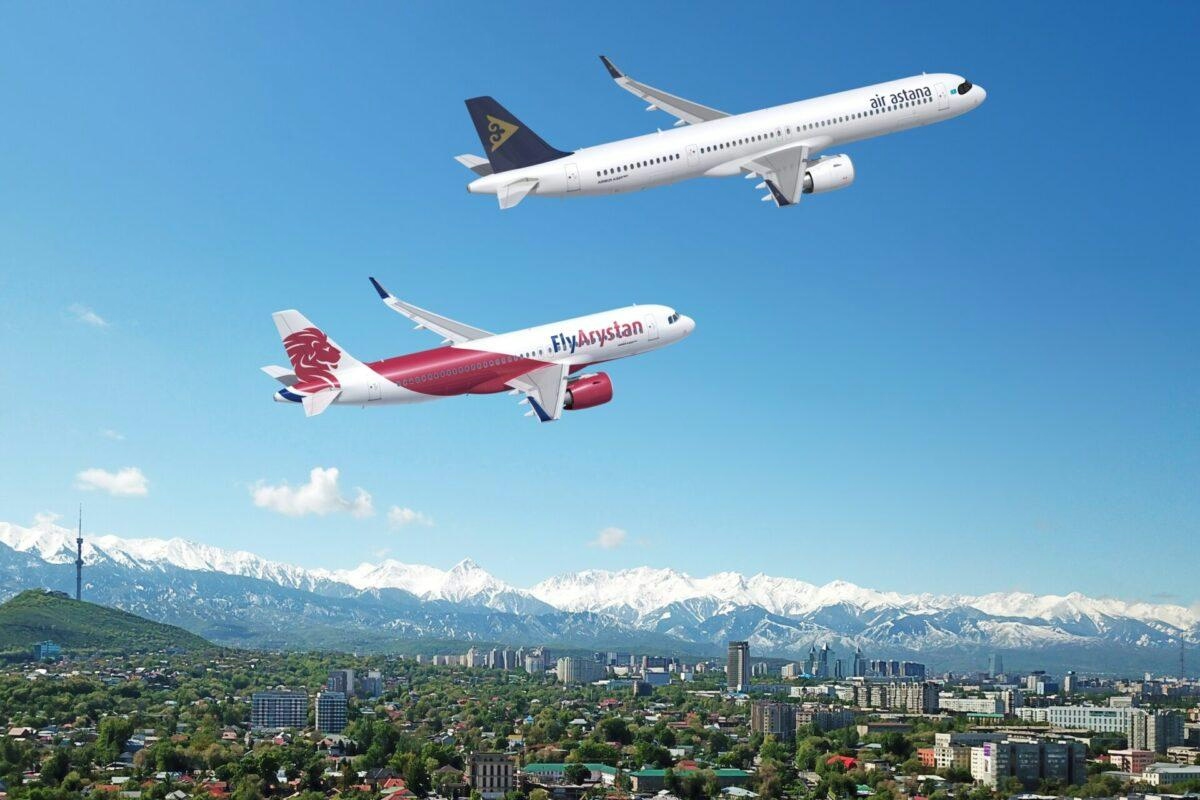
Air Astana Signs Agreement for Up to 50 Airbus A320neo Jets

East London students explore aviation innovation at LCY STEM event

Archer’s Air Taxi Fails to Fly at Dubai Airshow

New Course on Airplane Engine Operations Launched
